Is the Audi TT a true sports car? It’s an interesting question, one apt for investigation and debate by intelligent, astute, critical observers. Unfortunately, none were available, but let’s dive into the topic anyway and unravel the Mk1 TT.
Launched in 1998, the TT coupé and subsequent roadster (of 1999) certainly looked like sports cars at the time – and they still do now. What you have is a sleek, athletic, arguably timeless exterior that’s matched by a classy, sporty interior.
Venture beneath the surface and it’s a different story, because the TT actually shares its mechanical underpinnings with the Mk4 Volkswagen Golf, and, as a result of that, it was only ever offered as a front or all-wheel-drive model. That’s not your typical sports car formula, but it does come with its advantages.
For instance, it allows for the TT’s compact dimensions and capable driving dynamics, which makes it a blast to pilot down a tight, winding B-road. The model was launched with a pair of punchy 1.8-litre four-cylinder variants, one with 178bhp and the other 222bhp. Both are turbocharged and both get Audi’s Quattro all-wheel-drive system.
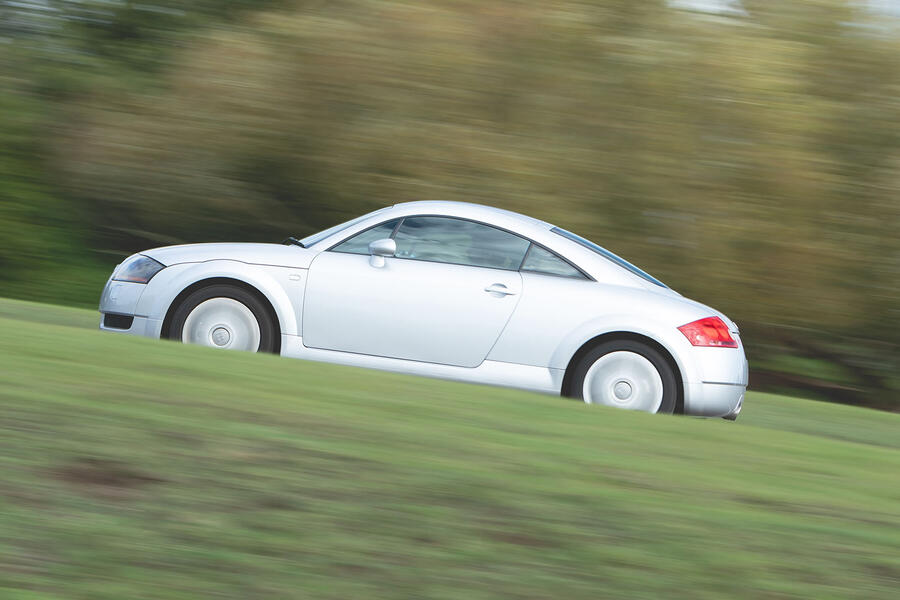
A 148bhp front-wheel-drive roadster appeared in 2003, before another front-driver – a 178bhp one – came about in 2004. That being said, the most characterful TT engine of them all also arrived in ’03: the 247bhp 3.2-litre VR6.
This unit found its way – with Quattro all-wheel drive of course – into the coupé and roadster, aided by the Volkswagen Group’s new DSG dual-clutch automatic gearbox. A six-speed manual was offered the following year, and both transmissions allow for 0-62mph times of a shade over six seconds.





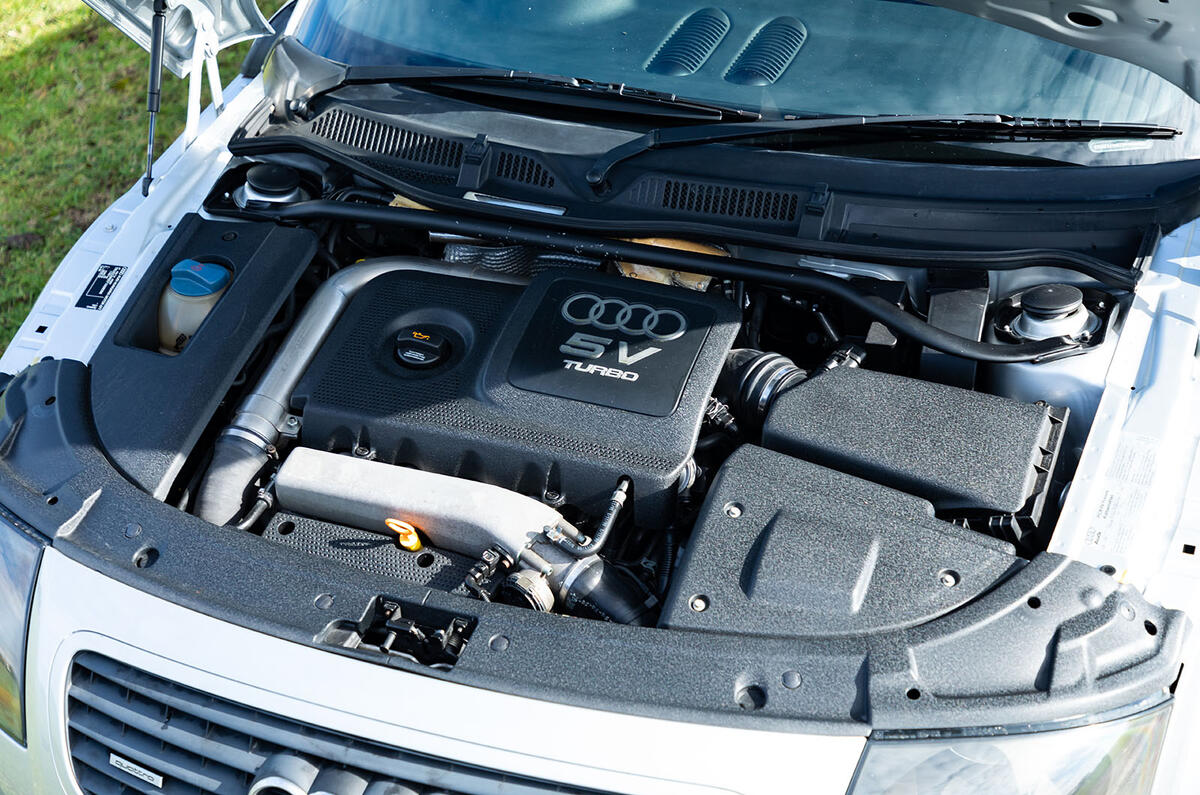
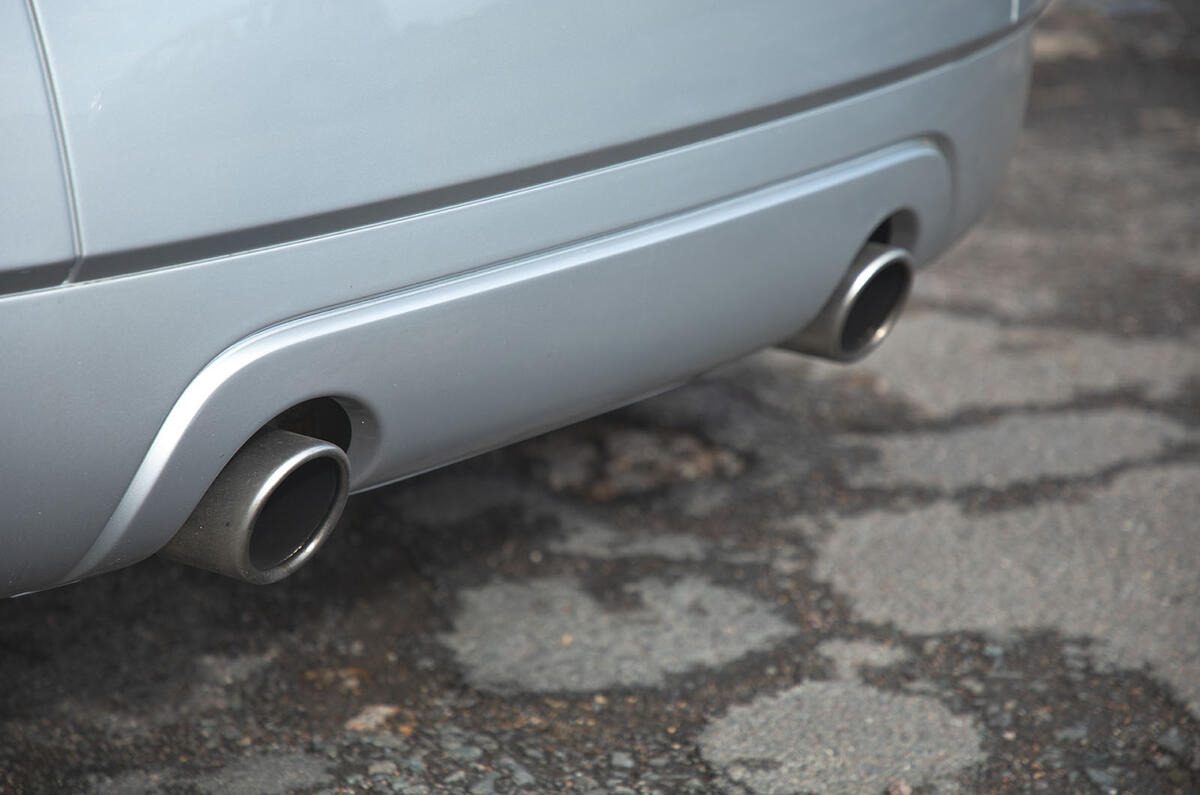



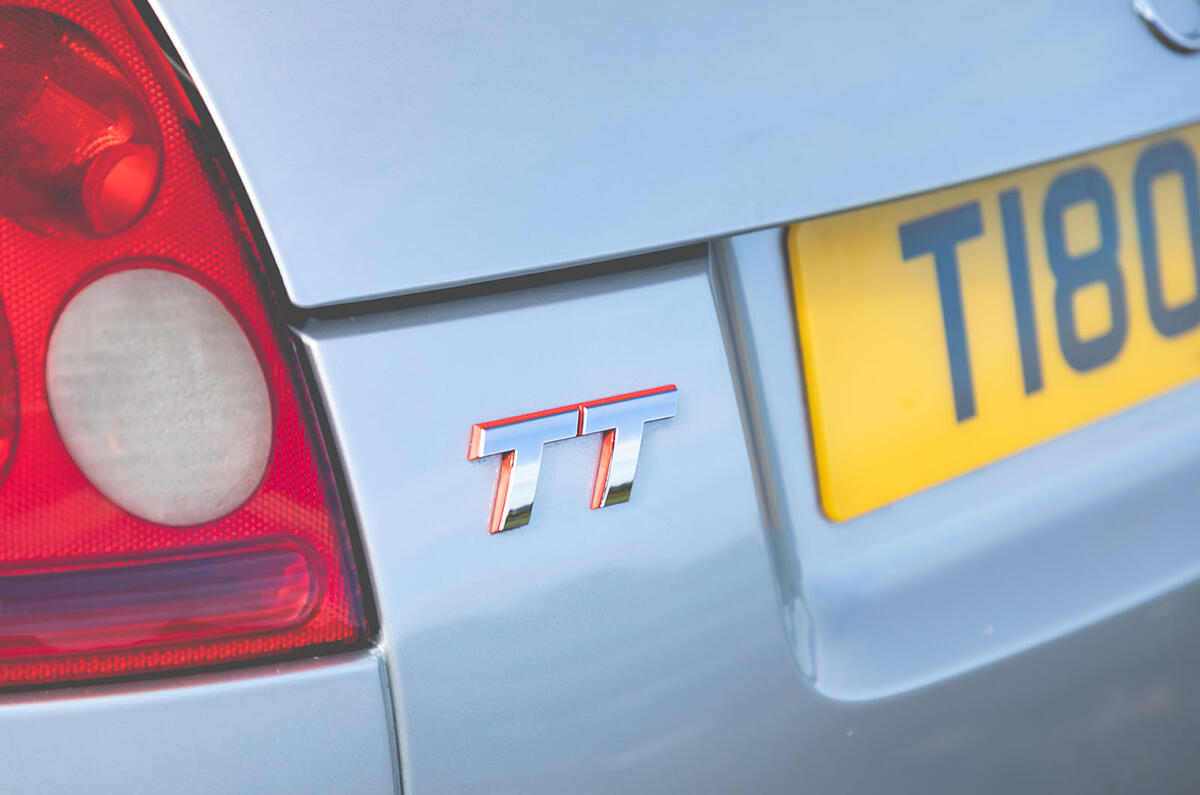
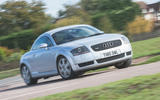










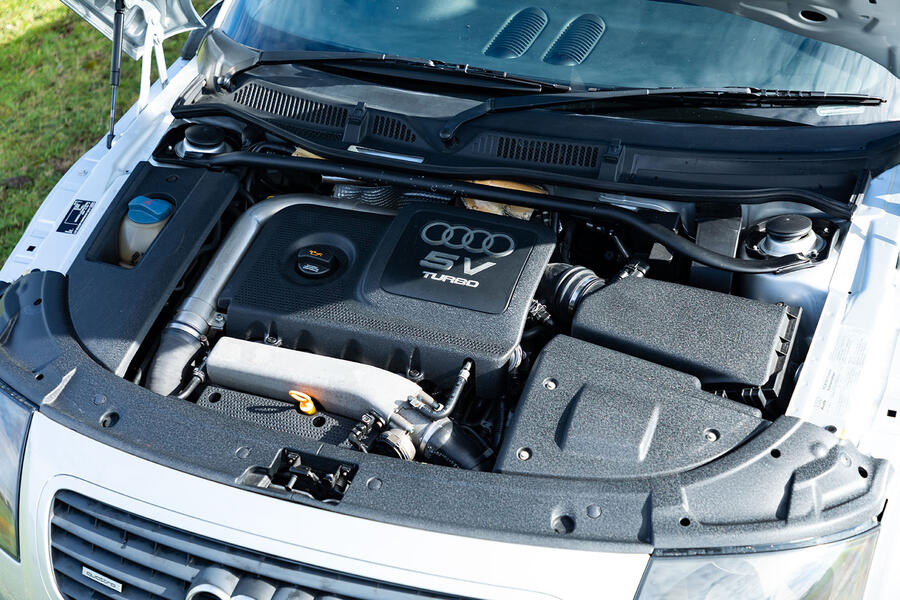
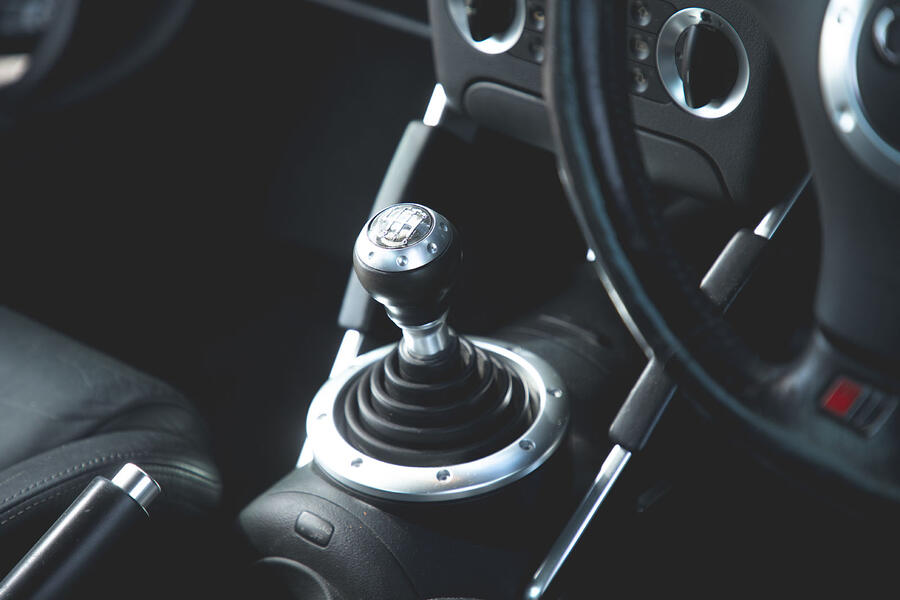
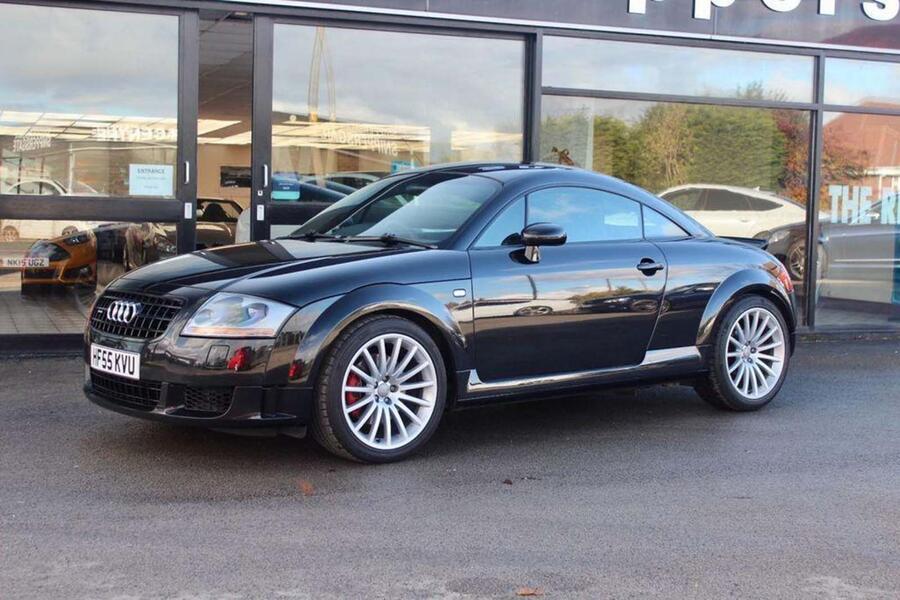


Join the debate
Add your comment
These drive like a Golf but without any of the practicality. Fucking awful and impossible to recommend.
Amazed how many of these are still out there. Quick correction the body is not aluminuum, only a small number of certain panels are.